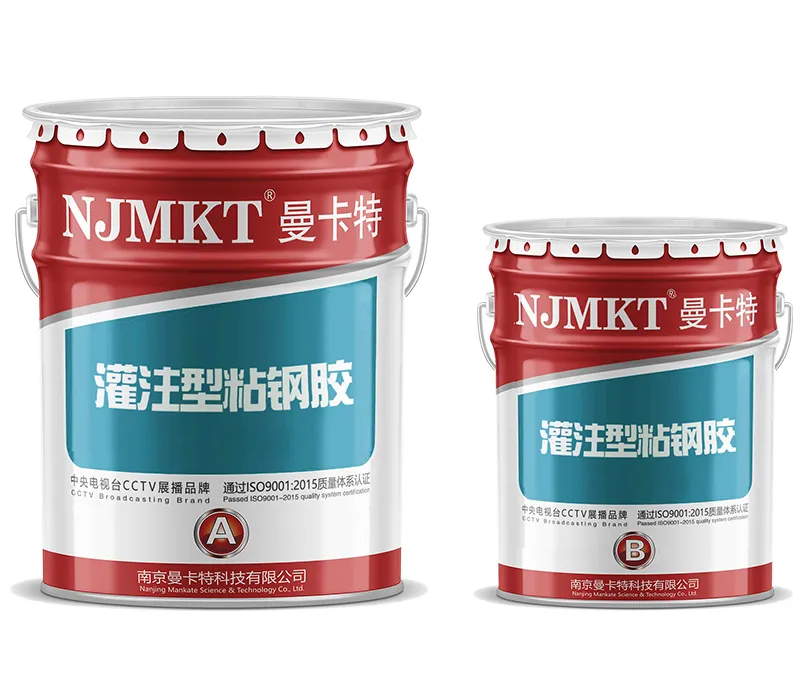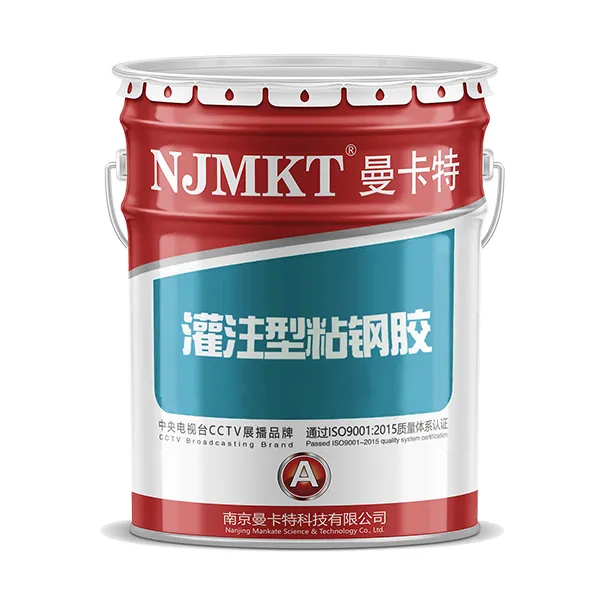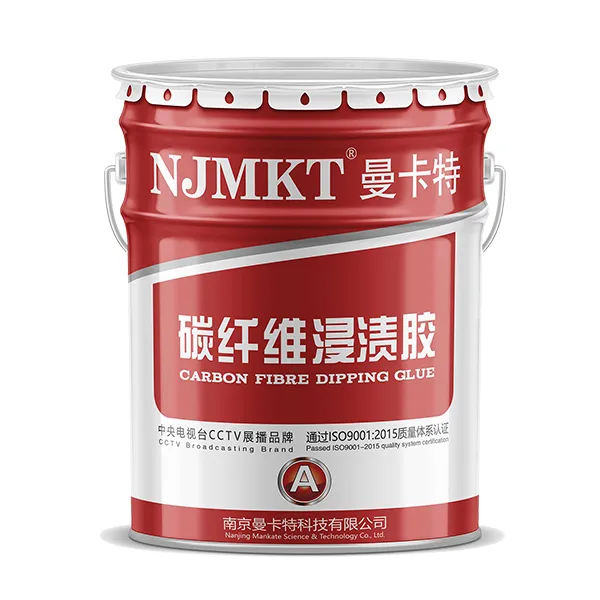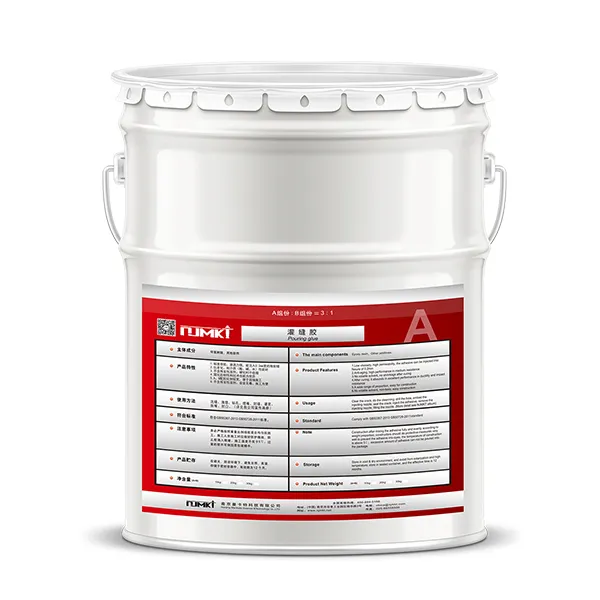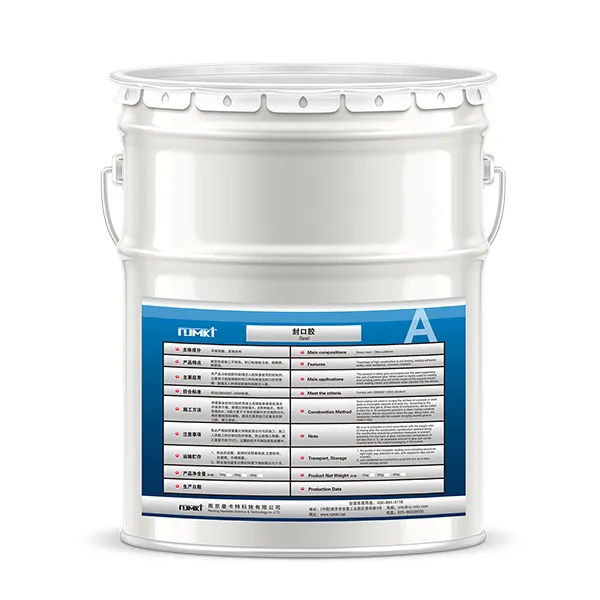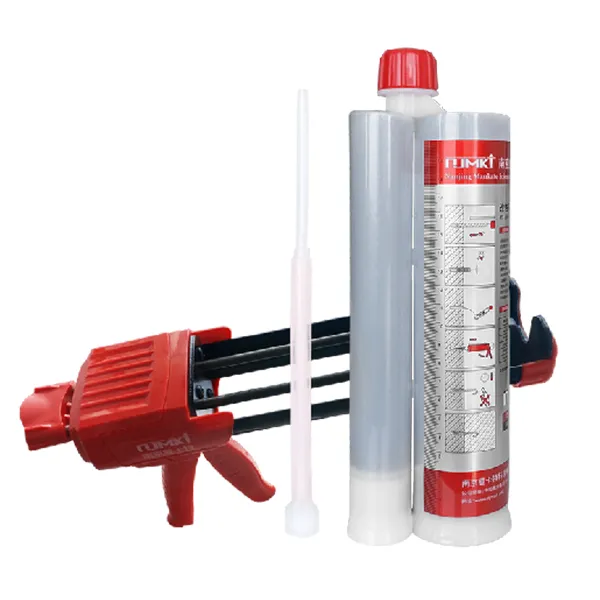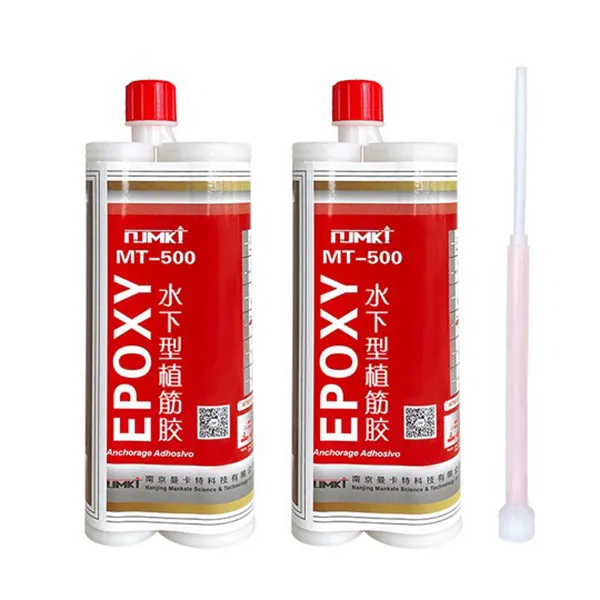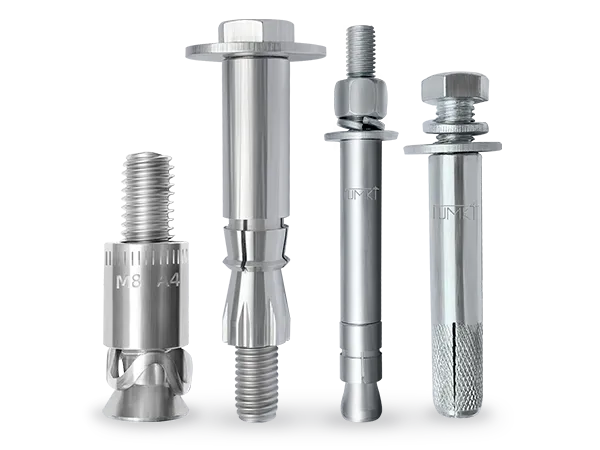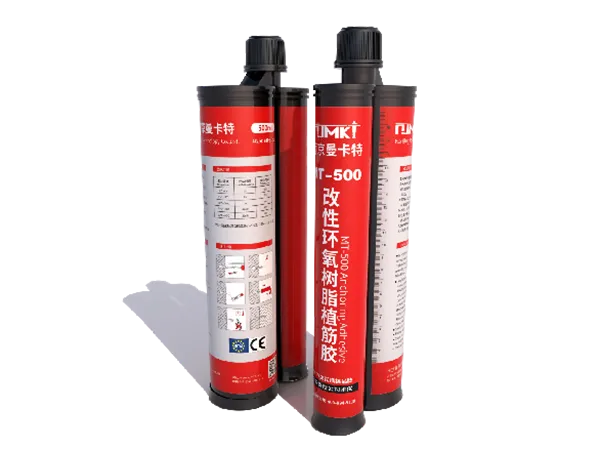Technical Data
Meets the technical performance standards of GB 50367-2013 (Code for Design of Reinforcement Anchoring for Concrete Structures) and GB 50728-2011 (Technical Code for Safety Evaluation of Reinforcement Materials for Engineering Structures)
| Property | Test Result |
| Tensile strength | 56.5MPa |
| Modulus of elasticity in tension | 2.99×10³MPa |
| Elongation | 2.28% |
| Bending strength | 90.6MPa,and not in fracture damage form |
| Compressive strength | 97.1MPa |
| Steel-to-steel tensile shear strength | 23.7MPa |
| Steel-to-steel T impact peeling length | 0mm |
| Steel-to-steel bonding tensile strength | 35.2MPa |
| Steel-to-C45 concrete positive tensile strength | 5.0MPa,with cohesive failure of concrete |
| Heat distortion temperature | 66.1℃ |
| Viscosity | 312mPa·S |
| Nonvolatile content | 99.5% |
Applications
- Structural reinforcement in buildings, bridges, and infrastructure
- Crack repair in concrete elements
- Gap filling at assembly joints for prefabricated structures
- Grouting of equipment foundations for secure and level installation
- Bonding and repair of polymer-based materials such as ceramics, stone, glass, and wood
- Installation of curtain walls, and fixing of decorative stone or tile finishes
- In the electronics industry, used for bonding, sealing, coating, protection, and reinforcement of electronic components and instrument parts
Features
- Impact and fatigue resistant, suitable for use under dynamic loads—ideal for railway and highway bridge repairs
- Excellent resistance to moisture, heat aging, chemical corrosion, and water exposure
- Low shrinkage after curing, with a wide mixing ratio tolerance and extended working time, enhancing field flexibility
- Available in standard, low-temperature, and moisture-curing formulations to suit various site conditions
- Provides high bonding strength, with exceptional toughness, peel resistance, and impact durability
- Cures effectively under a wide temperature range, even at ambient pressure and room temperature
- Cured density of approximately 1.05 g/cm³; usable time after mixing ranges from 20 to 50 minutes, depending on ambient temperature, with initial gel time of approximately 2 to 6 hours

